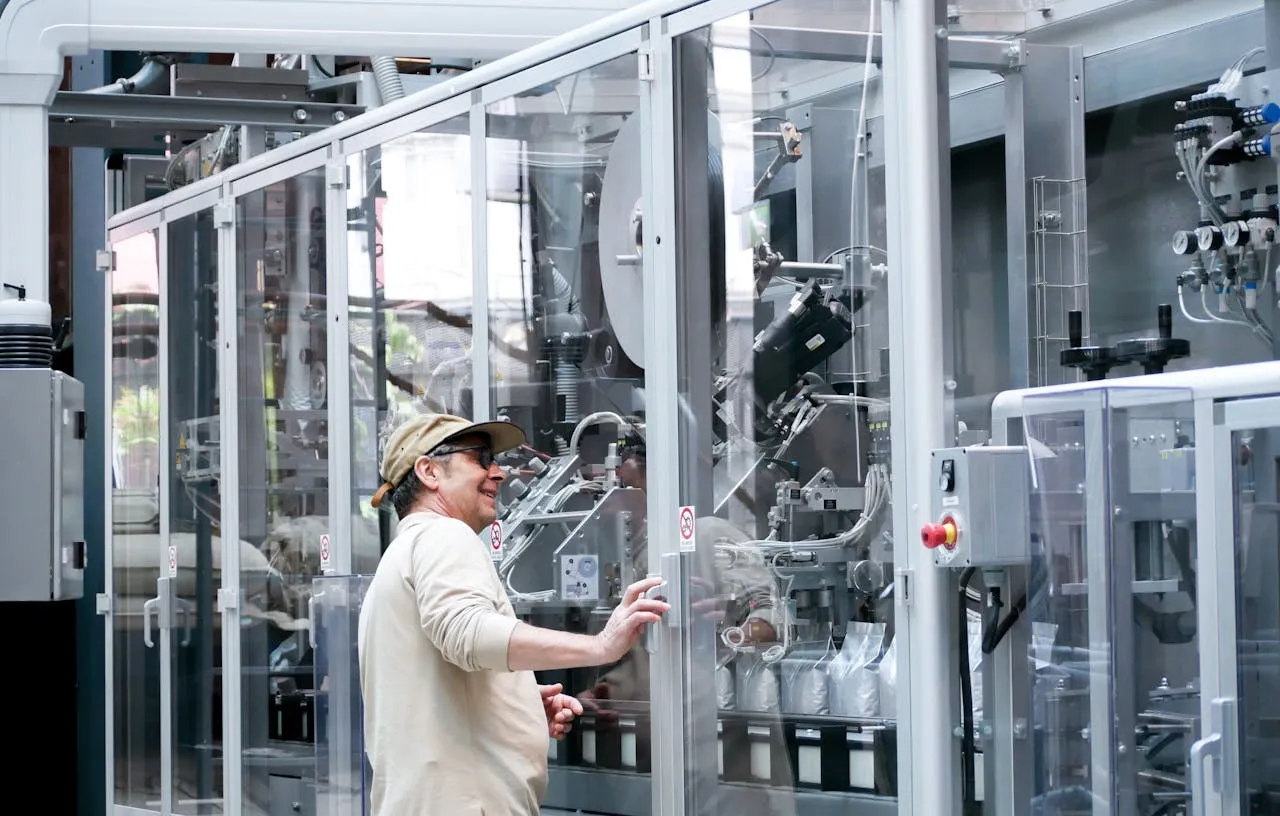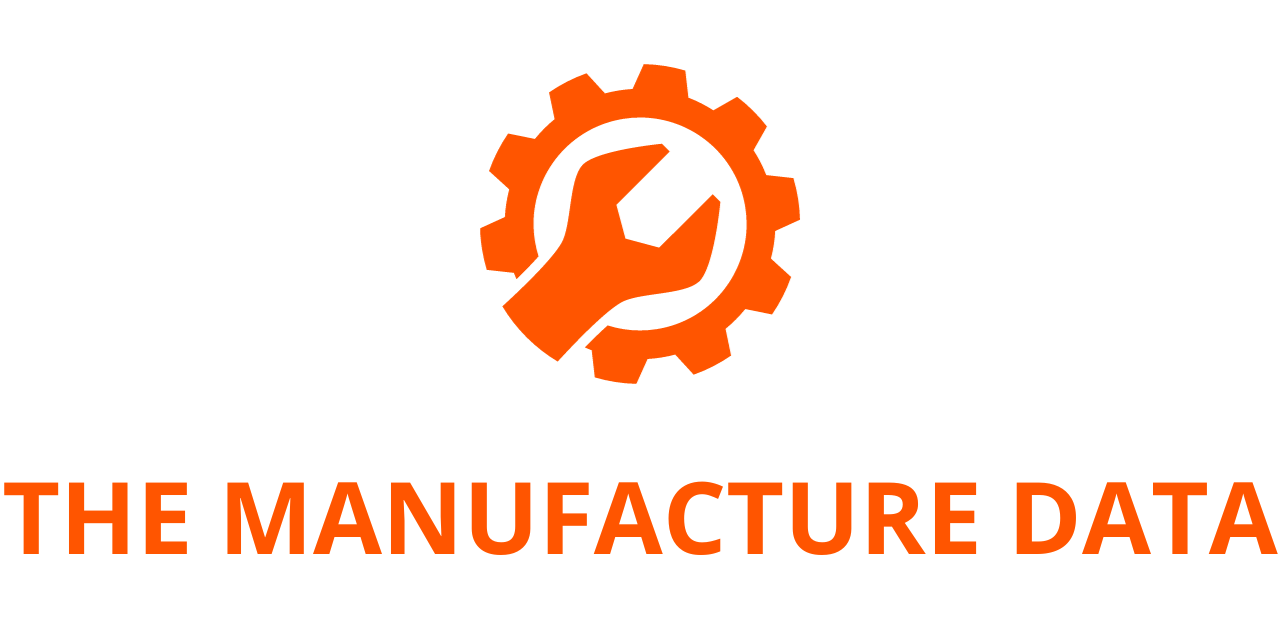
Harnessing AI to Transform Development and Engineering: Key Insights from Arthur D. Little Study
The integration of artificial intelligence (AI) is poised to revolutionize development and engineering functions, but for organizations to fully capitalize on this transformation, they must undergo fundamental changes. This is one of the critical findings from a major study conducted by Arthur D. Little (ADL), which highlights AI’s potential to drive up to 25% growth and boost productivity by as much as 60% across the innovation cycle by 2030. To support businesses in achieving these gains, the study outlines concrete, actionable steps that organizations must take today to embed AI successfully into their operations.
The comprehensive research, carried out in collaboration with the Netherlands Academy of Engineering (NAE), the Royal Swedish Academy of Engineering Sciences (IVA), and the Koninklijk Instituut van Ingenieurs (KIVI), is one of the most in-depth examinations of AI’s role in engineering and development to date. It draws insights from over 900 AI and technology case studies, numerous hands-on projects, and survey responses from 95 industry professionals spanning various sectors, including high-tech, manufacturing, processing, pharmaceuticals, healthcare, defense, energy, and logistics.
Why AI is a Necessity for Development and Engineering
A range of disruptive forces is reshaping the landscape of development and engineering. Changing customer expectations, growing complexity, stricter regulatory frameworks, and a paradigm shift from traditional products to diverse, integrated technological solutions are accelerating the need for transformation. In this evolving environment, AI emerges as a critical enabler, offering tools that can streamline processes, enhance productivity, and drive innovation.
For companies operating in engineering-heavy industries, standing still is not an option. Those that fail to adapt risk falling behind competitors who are leveraging AI to improve efficiency, optimize product development, and reduce time to market. The study underscores that organizations must proactively integrate AI solutions to remain competitive.

AI’s Expansive Potential: Mapping the Ecosystem
One of the standout aspects of the ADL report is its detailed mapping of the AI ecosystem in development and engineering. By curating an extensive database of over 3,500 AI solution providers, the study provides a unique and comprehensive view of available AI tools and applications. This database serves as an invaluable resource for companies seeking to explore the breadth of possibilities AI offers.
However, while the availability of AI solutions is vast, simply implementing AI tools is not enough. To maximize impact, companies must pair AI adoption with organizational restructuring and a cultural shift towards innovation. This requires embracing a people-centric approach—ensuring that employees are equipped with the necessary skills, fostering trust in AI’s reliability, and embedding AI seamlessly into existing workflows. Organizations that fail to address these human factors will struggle to realize AI’s full potential.
Overcoming Barriers: Trust, Explainability, and Security
Despite AI’s promise, widespread adoption in development and engineering is hindered by several key challenges. The ADL report identifies three major concerns that must be addressed:
- Trust: Employees and leadership must have confidence in AI-driven decisions. Without trust in AI’s outputs, adoption will remain limited, and organizations will fail to harness its full benefits.
- Explainability: Many AI systems operate as “black boxes,” making it difficult for users to understand how decisions are made. Increasing transparency and interpretability is crucial to driving broader AI acceptance.
- Security: As AI applications grow more sophisticated, ensuring the security of AI-driven processes and data becomes paramount. Organizations must develop robust frameworks to protect sensitive information and mitigate cybersecurity risks.
By proactively addressing these issues, companies can accelerate AI adoption and build a foundation for long-term success.
A Roadmap for AI Integration in Development and Engineering
To guide organizations in embedding AI effectively, the report presents a structured roadmap, emphasizing a balanced portfolio of AI applications. A key component of this roadmap is the Networked Lab of the Future, a four-step transformation approach designed to integrate AI into development and engineering workflows systematically. The four steps include:
- Democratization of AI: Empowering employees by making AI tools accessible to a broader audience within the organization. This includes upskilling teams and promoting AI literacy to ensure that AI-driven insights are utilized effectively.
- Data Collaboration: Leveraging both internal and external data sources to enhance AI models and drive innovation. Companies that effectively harness cross-industry data sharing will unlock new opportunities and competitive advantages.
- AI-Driven Decision Making: Embedding AI into core decision-making processes to enhance speed and accuracy. By automating routine tasks and providing real-time analytics, AI can significantly improve efficiency and reduce time-to-market for new products.
- Agile Implementation: Adopting an iterative, agile approach to AI integration, allowing organizations to refine their strategies based on real-world feedback and evolving industry trends.
This structured approach ensures that AI adoption is not only comprehensive but also sustainable, positioning companies for long-term success in an AI-driven landscape.
The Future of AI in Engineering: A Call to Action
Michaël Kolk, Managing Partner and Global Innovation Practice Leader at Arthur D. Little, emphasizes the urgency of AI integration in development and engineering, stating:
Development and engineering is transforming, requiring new ways of working and new skills and capabilities. AI underpins this. While many high-level reports outline AI’s theoretical potential, our study goes further, providing tangible actions that organizations can take now to realize the benefits of AI integration.”
The findings of this study serve as both a wake-up call and a roadmap for organizations navigating the future of engineering and development. AI is no longer a distant possibility—it is a present necessity. Companies that embrace AI-driven transformation now will gain a significant competitive edge, unlocking efficiency gains, accelerating innovation, and driving sustainable growth.
As the industry moves towards 2030, organizations that strategically implement AI while fostering a culture of adaptation and trust will be best positioned to thrive in an increasingly complex and technology-driven world. The message is clear: AI is reshaping development and engineering, and those who act decisively will lead the way into the future.




